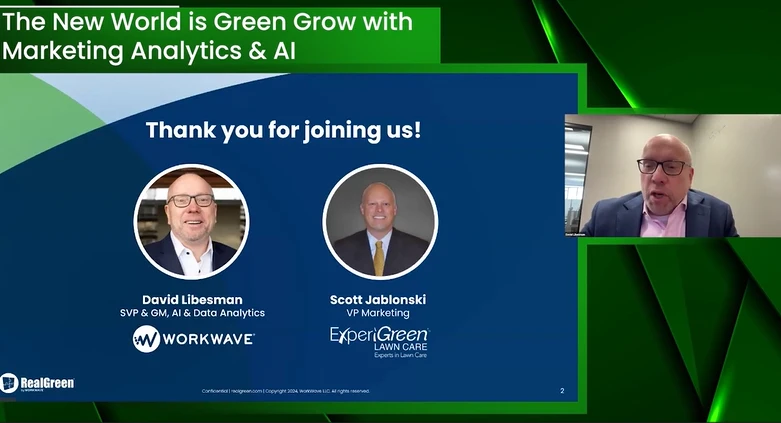
Sam Steel, safety advisor for the National Association of Landscape Professionals, says the green industry has been labeled as a target for OSHA. This means while safety should always be a priority, the industry has some room for improvement.
During his two-part OSHA course at LANDSCAPES, Steel hopes to outline what professionals should be doing, where they can improve and how they should be implementing safety measures in their companies.
Here is a glimpse into two areas Steel says green industry professionals tend to overlook.
1. Proper PPE.
“The green industry is very critical, especially because so much of the machinery and equipment we use poses a number of problems,” he says. “One being noise: a lot of the machinery we use in the landscape industry has noise levels that exceed the OSHA permissible exposure level (or PEL).”
According to OSHA, the PEL for noise is 85 decibels for eight hours of run time. Steel says most equipment landscapers use far exceeds that. This means users need to take proper safety measures to ensure they are complying with OSHA rules.
• Hearing protection: Earmuffs and ear plugs need to be worn while operating noisy equipment. “Sometimes they either forget the wear it or what they had is old and not effective anymore,” Steel says. “And, it’s up to the employer to provide the workers with the hearing protection.”
There are also rules in place to protect operators from debris that can be thrown from equipment like blowers and mowers.
• Eyewear: A common misconception, Steel says, is that sunglasses are an acceptable form of eye protection. In reality, there is a special certification required for a piece of eyewear to be OSHA compliant.
“Sunglasses don't provide the protection that the ANSI standard talks about,” he says. For eyewear to be OSHA approved, it must be labeled with ANSI Standard Z87.1. And if you’re unsure if the eyewear is compliant, Steel says it will always be labeled. “It's actually embossed right into the side of the eyewear on the inside. So all you have to do is look on the inside stem and you'll see that indication of the ANSI Standard,” he says.
Depending on how much you want to spend on PPE, there are even OSHA compliant sunglasses designed to be a more stylish alternative.
Like the hearing protection, it is up to the employer to provide the safety glasses to employees. Some options include peripheral protection and offer UV blocking lenses.
While it is up to the employer to provide the safety equipment, Steel says misuse and abuse of equipment can fall back on the employee. For instance, if an operator habitually loses or breaks their PPE, OSHA does not prevent the employer from having replacements paid for by the employee.
2. Slips, trips and falls.
“This is the number one reason why workers are injured on the job in the U.S.,” Steel says. The green industry has its fair share of these types of incidents, whether it’s falling off ladders, out of trees, or slipping on wet turf surfaces.
However, it doesn’t end there. Steel also says that running equipment on slippery areas like wet hills also poses a threat to safety records.
Steel says ensuring that workers are wearing the proper footwear will help decrease fall risks. And, while tree care has an extensive set of safety protocols, he says he’s seen instances where a worker has actually cut the limb they’re standing on. “Believe it or not, it happens,” he says.
Get curated news on YOUR industry.
Enter your email to receive our newsletters.
Explore the August 2019 Issue
Check out more from this issue and find your next story to read.
Latest from Lawn & Landscape
- SiteOne names Carrothers VP of agronomic business development
- Batman and business
- Ever-changing landscape of SEO
- Fleetio acquires Auto Integrate, raises $450M in Series D funding
- Davey Tree expands in St. Paul, promotes Ostlie to district manager
- Schill Grounds Management taps 3 for senior leadership roles
- HD Hyundai Construction Equipment North America adds to wheeled excavator lineup
- High maintenance






